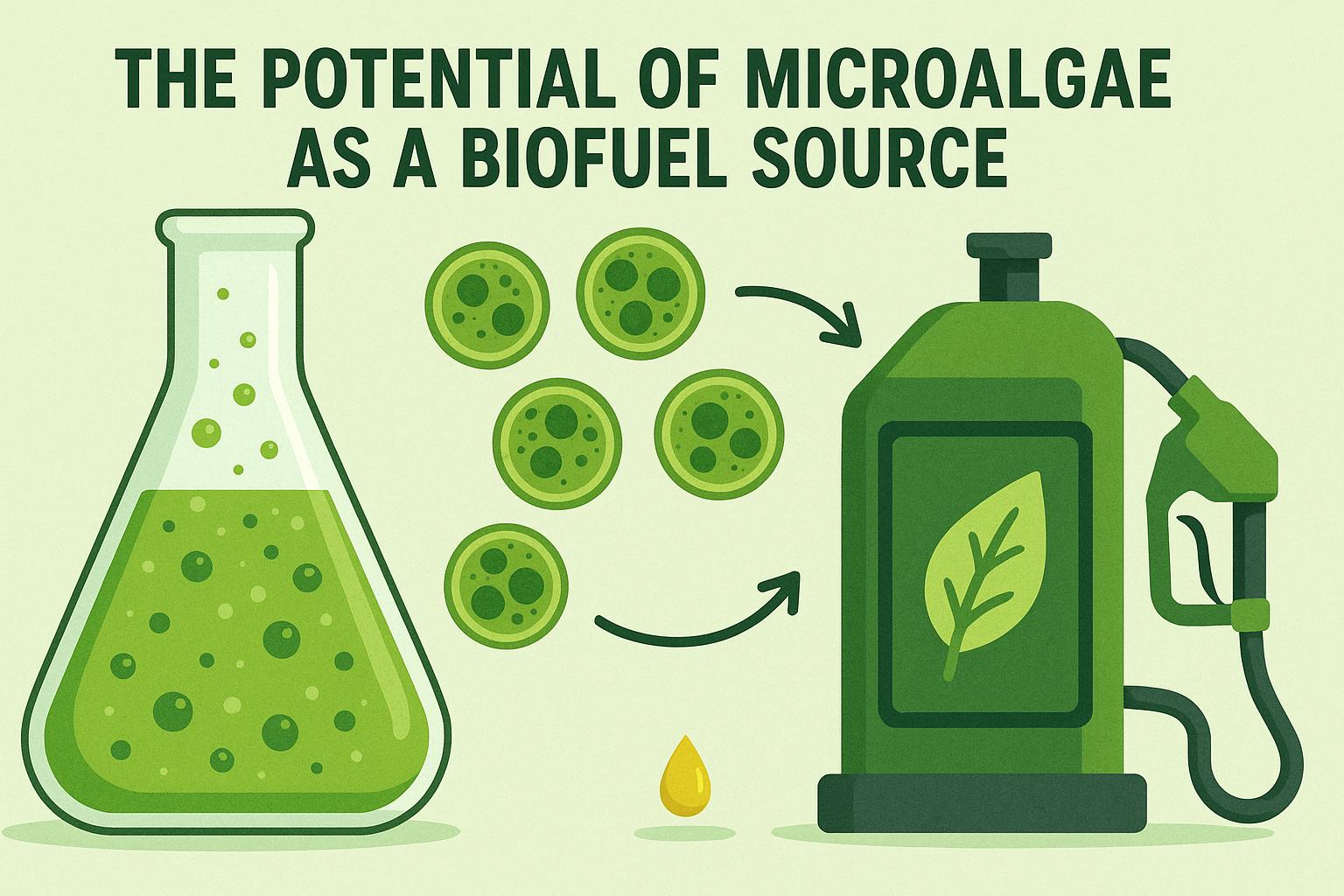The Promise of Microalgae as a Renewable Energy Source
In the quest for alternative and sustainable energy sources, microalgae have emerged as a compelling candidate. Their ability to efficiently use sunlight to produce biomass makes them ideal for the biofuel industry, offering several environmental and economic benefits. This article delves into the potential of microalgae as a valuable source of biofuel while highlighting the factors that make them increasingly significant.
Why Microalgae?
Microalgae comprise a diverse group of microscopic photosynthetic organisms that convert sunlight, carbon dioxide, and water into biomass. This process yields hydrocarbons and lipids, which can eventually be transformed into biofuels. A notable advantage of microalgae is their rapid growth rate, especially when compared to traditional agricultural crops. These microscopic organisms can double their biomass in hours, presenting an exceptionally efficient source of raw material for fuel production.
High Lipid Content
One of the distinctive features of microalgae that make them particularly suited for biofuel production is their high lipid content. Lipids are essentially fatty acids that can be converted into biodiesel. Certain microalgae strains can reach lipid contents of up to 50% of their dry weight—a content significantly higher than most terrestrial plants. This high concentration of lipids facilitates more efficient biofuel production from lesser quantities of raw material.
Land and Water Efficiency
The adaptability of microalgae to different environments augments their viability as a renewable energy source. Unlike traditional crops, they can thrive in freshwater, brackish water, and even wastewater. Their growth does not compete with agriculture for fertile land and is feasible in non-arable environments such as deserts and coastal areas. Additionally, the ability of microalgae to utilize non-potable water further alleviates the pressure on freshwater resources, making it a sustainable solution from both land and water usage perspectives.
Carbon Dioxide Fixation
Microalgae contribute significantly to carbon dioxide fixation through the process of photosynthesis. This carbon sequestration role not only mitigates greenhouse gas emissions but also enhances the environmental sustainability of their cultivation. By capturing carbon dioxide, microalgae can partner with industrial facilities to recycle emissions, turning these emissions into a viable resource for biofuel production and contributing to broader environmental conservation objectives.
Challenges in Microalgae Biofuel Production
Despite these numerous benefits, there are inherent challenges in harnessing microalgae for biofuel production. The predominant barriers include high production and harvesting costs, which hinder the economic viability of microalgal biofuels. To overcome these challenges, substantial technological advancements are necessary in the cultivation, harvesting, and extraction processes to reduce costs and improve overall efficiency. Continued innovation and cost-effective strategies will be required to make large-scale production economically feasible.
Research and Development
Ongoing research efforts focus on genetic engineering and the selection of microalgae strains with enhanced biofuel yield. Scientists are investigating various methodologies to optimize lipid composition and increase biomass productivity. This research could greatly improve the overall efficiency of microalgal biofuel production. Continued investment in research and development is vital for realizing the full potential of microalgae as a prominent biofuel source. Such advancements may unlock new pathways for microalgae to significantly contribute to meeting global energy needs.
Conclusion
In conclusion, microalgae show immense potential as an alternative to conventional fossil fuels. This potential is attributed to their high lipid content, efficient usage of land and water, and carbon sequestration abilities. Although challenges remain, primarily regarding cost-effectiveness and scalability, ongoing research combined with technological improvements is gradually paving the way for microalgae to become mainstream in biofuel production. For those interested in the evolving landscape of renewable energy, particularly the role of microalgae, engaging with scientific journals and industry publications can yield further insights into this promising sector.


